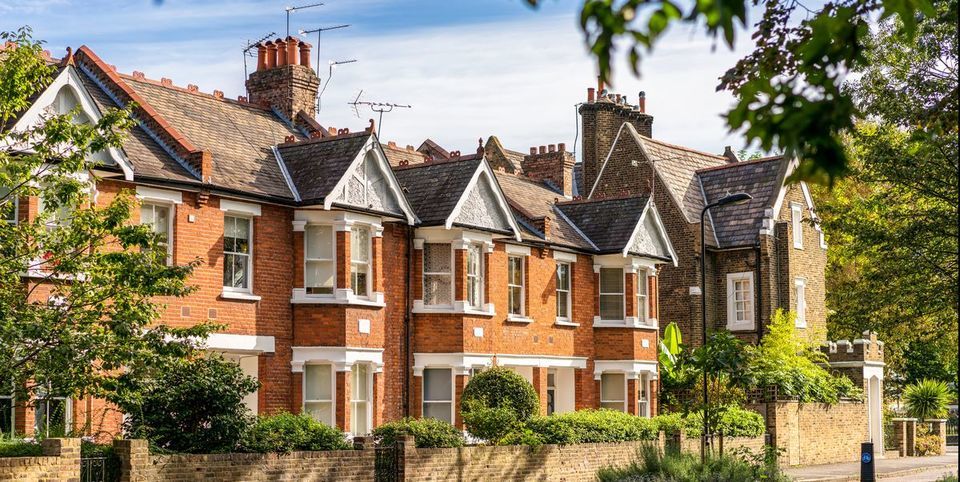Huntingdon in Cambridgeshire saw the biggest number of property purchases in 2020 with over 400 per capita, according to Haysto.
The data shows that properties in Huntingdon were on average, almost £10,000 cheaper compared to the regional average in Cambridgeshire throughout 2020.
Pontefract followed in second place, with over 328 property sales per capita.
This surge in property prices could be due to the lower house prices compared to that in 2019, outlined Haysto.
It was revealed overall, sold prices in Pontefract over the last year were down 3%.
Great Yarmouth (320.1), Preston (319.7) and Chichester (319.7) complete the top five towns with the highest number of property purchases per capita in 2020.
In contrast, Portsmouth had the fewest property sales, with only 50.9 per capita.
Despite having a population of nearly a quarter of a million, there were only 1,267 properties sold over the course of the year.
As well as this, Salford noted a 68.5% decline in the number of property purchases in 2020, the largest year-on-year drop across the rest of the nation.
The area saw sales fall from 3,325 in 2019 to only 1,049 in 2020.
Paul Coss, co-founder and specialist mortgage broker at Haysto, said: “The impact of COVID-19 changed the property market in 2020 nationwide.
“I believe when we come out of lockdown and the economy starts to bounce back, this could be a good year to move or get on the property ladder.
“Next month lenders are due to launch new mortgage deals with more flexible lending criteria to encourage more people to move home.
“It’s much-needed to support those who’ve been impacted by COVID-19 such as furloughed staff, self-employed, or people who’ve seen their credit affected by financial struggles.”
House prices show changing tastes post-pandemic
The HM Land Registry data on house prices shows that the UK is seeing increased demand for semi-detached properties, and a decreased appetite for flats and maisonettes, according to Quilter.
Semi-detached properties saw the biggest rise in prices between January 2020 and January 2021 (9.1%), while flats and maisonettes only saw a rise of 2.6%.
Karen Noye, mortgage expert at Quilter, said: “The working from home revolution, coupled with people having a desire for more outside space, has meant that semi-detached houses have seen the biggest increase of all property types.”
She added: “Following months of people being trapped in their homes, with those suffering the most in flats and high rises, this should come as no surprise.
“Similarly, big cities such as London have seen much more modest increases as people are possibly choosing to live further out as companies and workers embrace more flexibility and less time in the office.”
However, Noye added that the long-term trends are yet to be seen, and will be influenced by the end of the stamp duty holiday and Help to Buy scheme.
She said: “As long as the government is continuing to pile money into the sector house prices don’t seem ready to decrease yet.
“However, the more you pump the balloon, the more likely it is to pop so a house price correction is certainly a possibility at least in the medium term.
“While the mortgage guarantee scheme is fantastic for giving first time buyers a helping hand to get onto the property ladder, it does leave them exposed to the problems of negative equity if house prices do drop in the future and is something they should be cautious about.“

